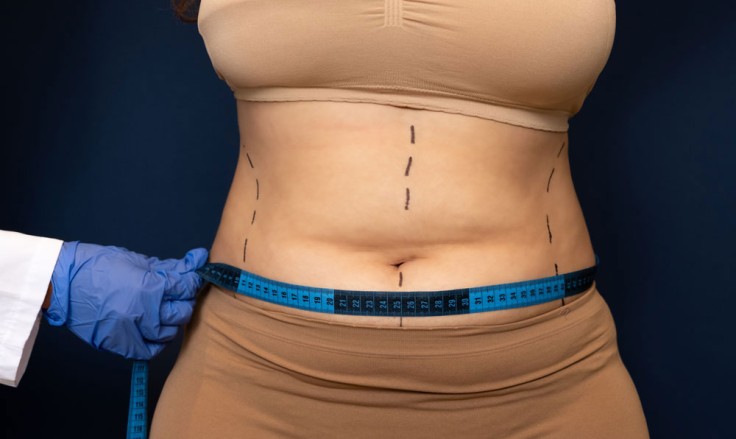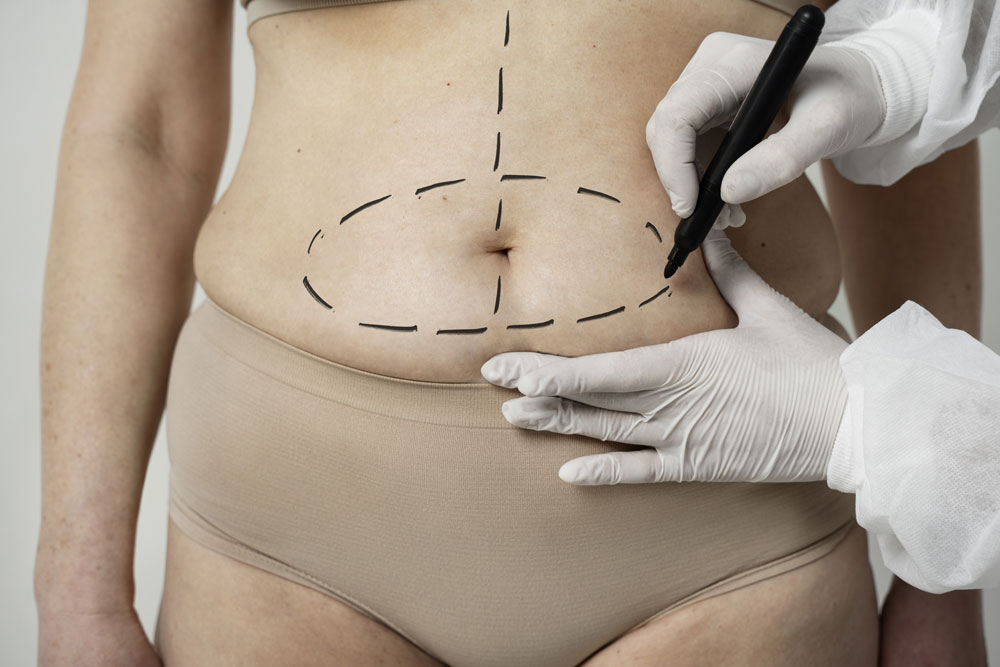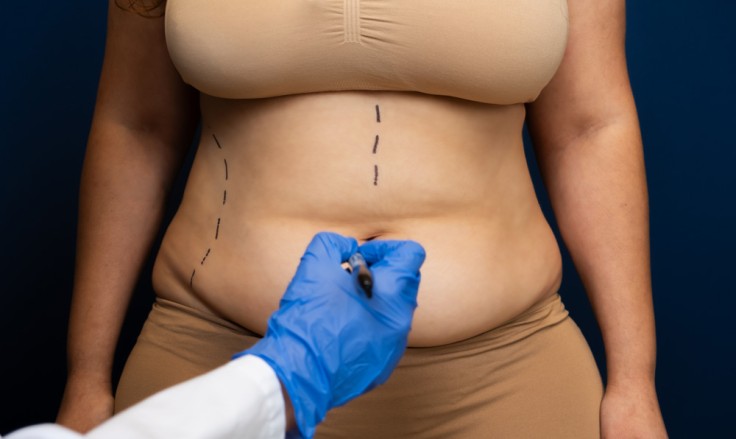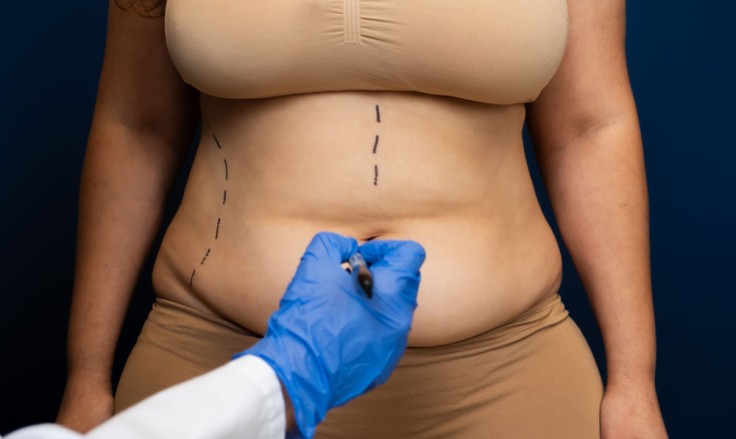How to Exercise After Tummy Tuck (Abdominoplasty)?
Table of Contents
- How to Exercise After Tummy Tuck (Abdominoplasty)?
- Introduction
- Understanding the Tummy Tuck Procedure
- Importance of Rest and Recovery
- Gradual Resumption of Exercise
- Recommended Exercises Post-Tummy Tuck
- Avoiding Certain Exercises
- Listening to Your Body
- Importance of Core Strengthening
- Hydration and Nutrition
- Consulting a Fitness Professional
- Conclusion
Introduction
A tummy tuck, or abdominoplasty, is a popular cosmetic surgery. It helps remove excess skin and fat from the abdomen. After surgery, resuming exercise is essential. It helps in recovery and maintains results. This article will guide you on how to exercise safely after a tummy tuck.
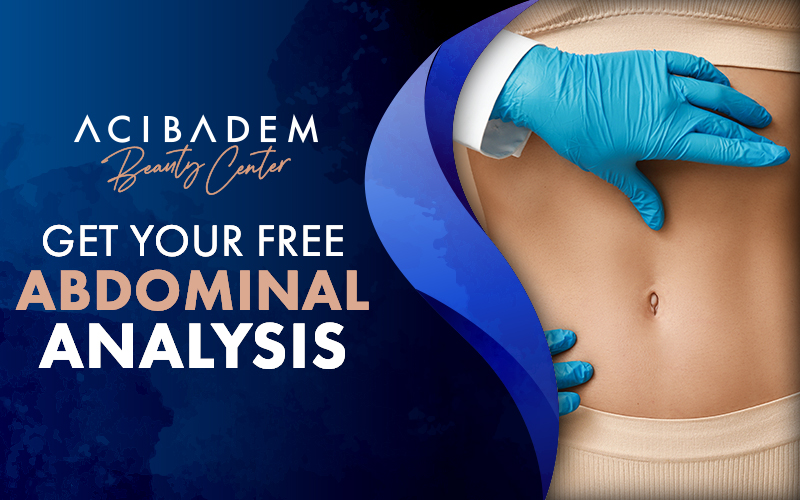
Understanding the Tummy Tuck Procedure
A tummy tuck involves removing excess skin and fat. The surgeon also tightens abdominal muscles. This procedure results in a flatter, firmer abdomen. Recovery time varies. It depends on the extent of the surgery and individual health.
Importance of Rest and Recovery
Rest is crucial after a tummy tuck. The body needs time to heal. Typically, patients should avoid strenuous activities for at least two weeks. Follow your surgeon’s advice on when to start light activities. Rushing into exercise can lead to complications.
Gradual Resumption of Exercise
Start with light walking. Walking helps improve circulation and reduces the risk of blood clots. Gradually increase the duration and intensity. Avoid any exercise that strains the abdominal muscles in the first six weeks. This includes heavy lifting and core exercises.
Recommended Exercises Post-Tummy Tuck
After the initial recovery period, you can begin with gentle exercises. Here are some recommended exercises:
- Walking: Start with short walks. Gradually increase the distance.
- Leg Slides: Lie on your back and slide one leg at a time. This exercise engages the lower abs gently.
- Pelvic Tilts: Lie on your back with knees bent. Gently tilt your pelvis upward. This helps in strengthening the lower back and abs.
- Heel Raises: Stand and slowly raise your heels. This exercise strengthens the calves without straining the abdomen.
Avoiding Certain Exercises
Avoid high-impact exercises initially. Activities like running, jumping, or heavy lifting can strain the healing tissues. Also, avoid any exercise that involves twisting or bending at the waist. Wait for your surgeon’s clearance before resuming these activities.
Listening to Your Body
Pay attention to your body’s signals. If you feel pain or discomfort, stop the activity. Consult your surgeon if you experience any unusual symptoms. It’s essential to progress at your own pace.
Importance of Core Strengthening
After a tummy tuck, core strengthening is crucial. However, it should be approached with caution. Begin core exercises only after getting the green light from your surgeon. Start with gentle exercises like pelvic tilts and progress gradually.
Hydration and Nutrition
Proper hydration and nutrition support recovery. Drink plenty of water and eat a balanced diet. This aids in healing and provides the energy needed for physical activity.
Consulting a Fitness Professional
Consider consulting a fitness professional. They can design a customised exercise plan for you. Ensure they understand the specifics of your tummy tuck recovery. This will help you avoid exercises that could harm your recovery.
Conclusion
Exercising after a tummy tuck is vital for recovery and maintaining results. Start slow, listen to your body, and follow your surgeon’s advice. With patience and the right approach, you can safely return to your fitness routine.
For more information and to book a consultation, please visit the ACIBADEM Beauty Centre tummy tuck (abdominoplasty) webpage.

